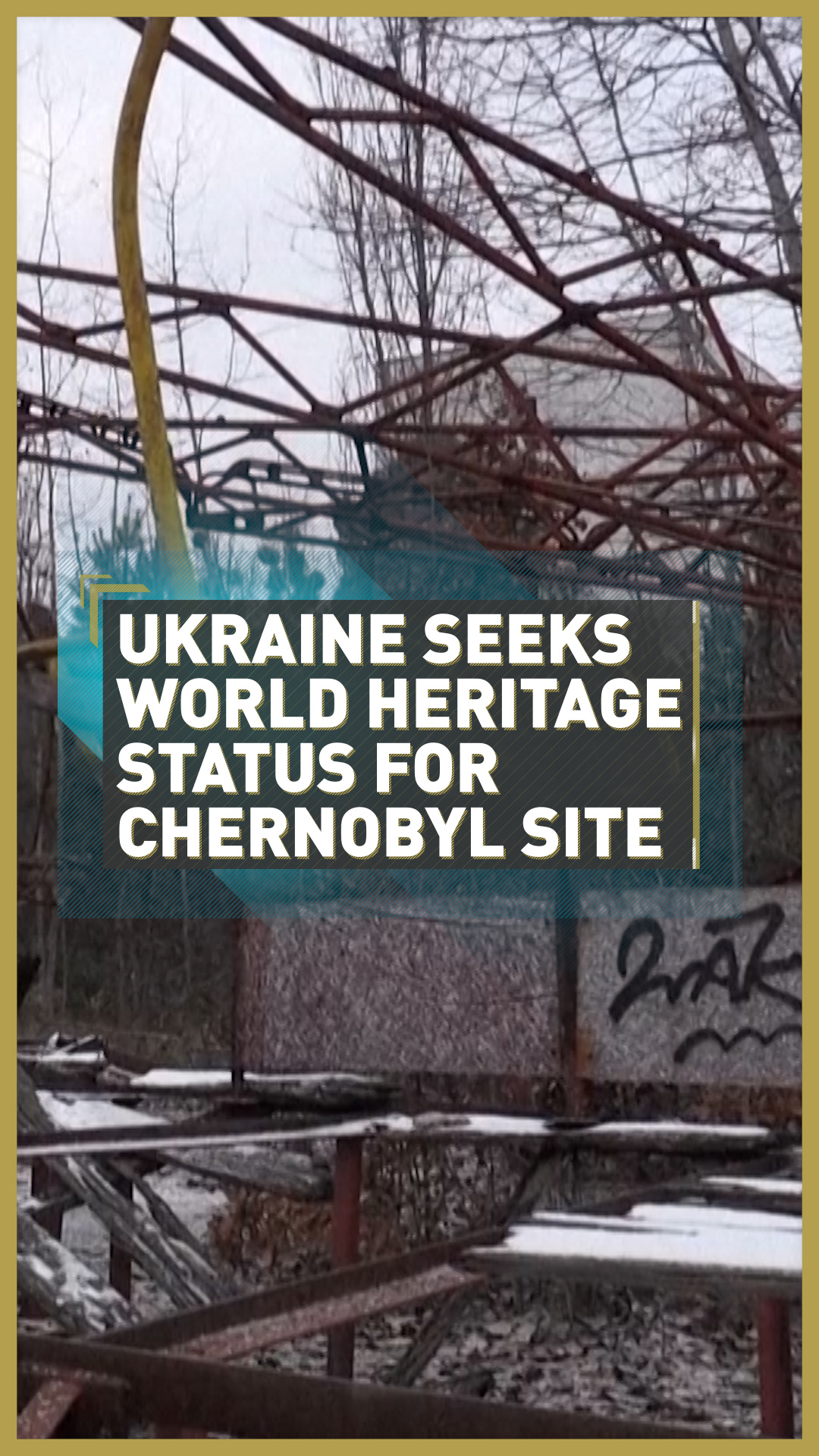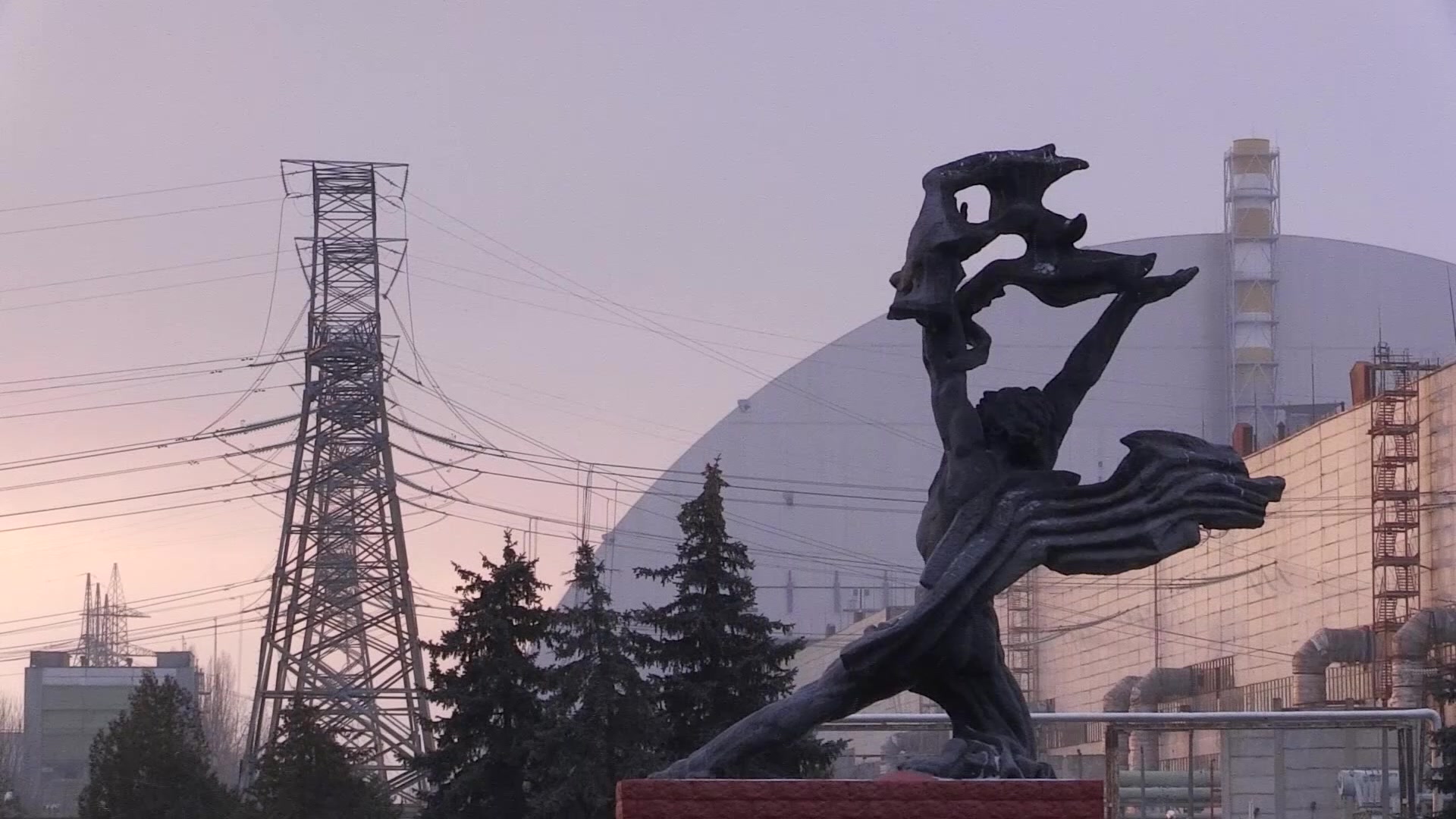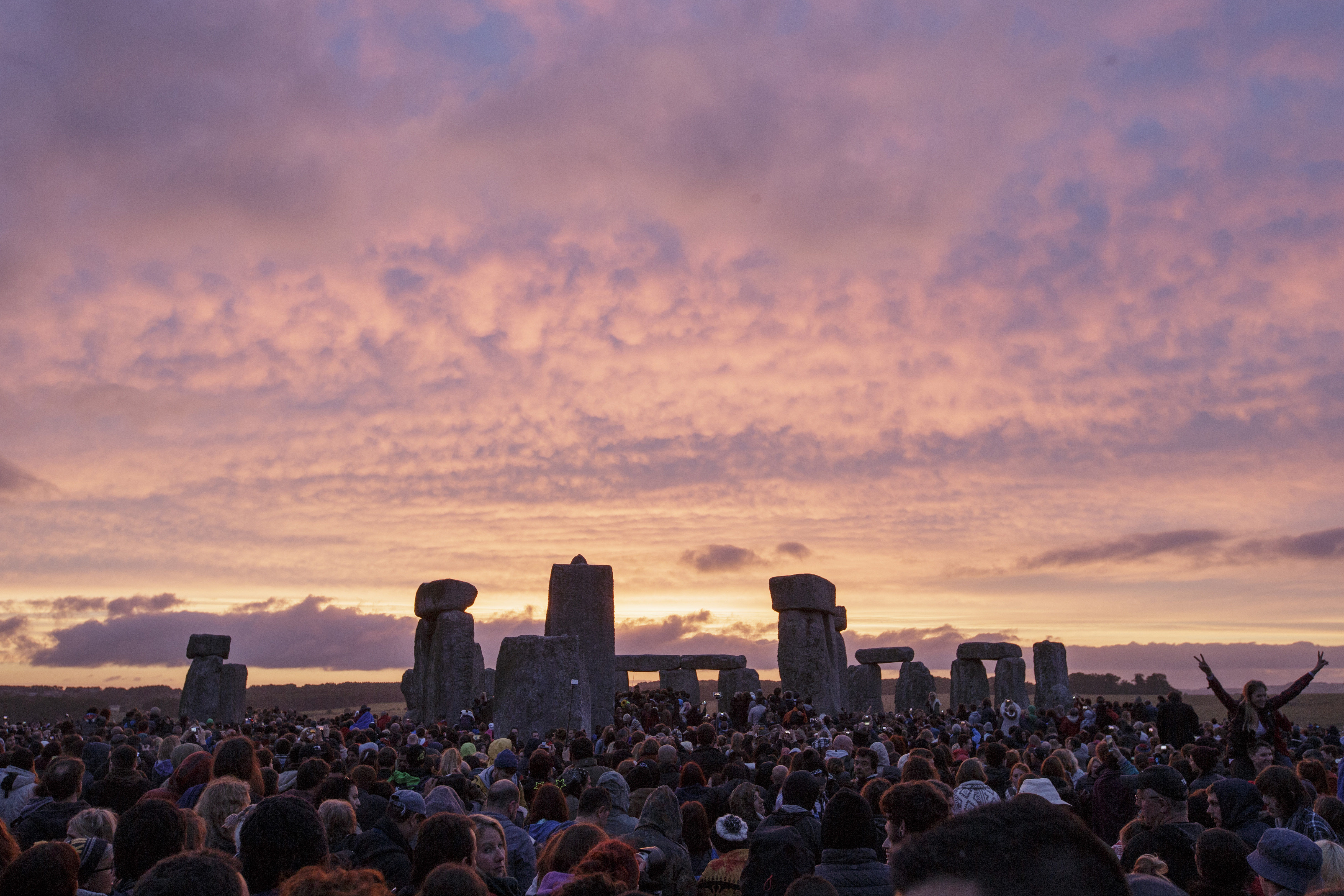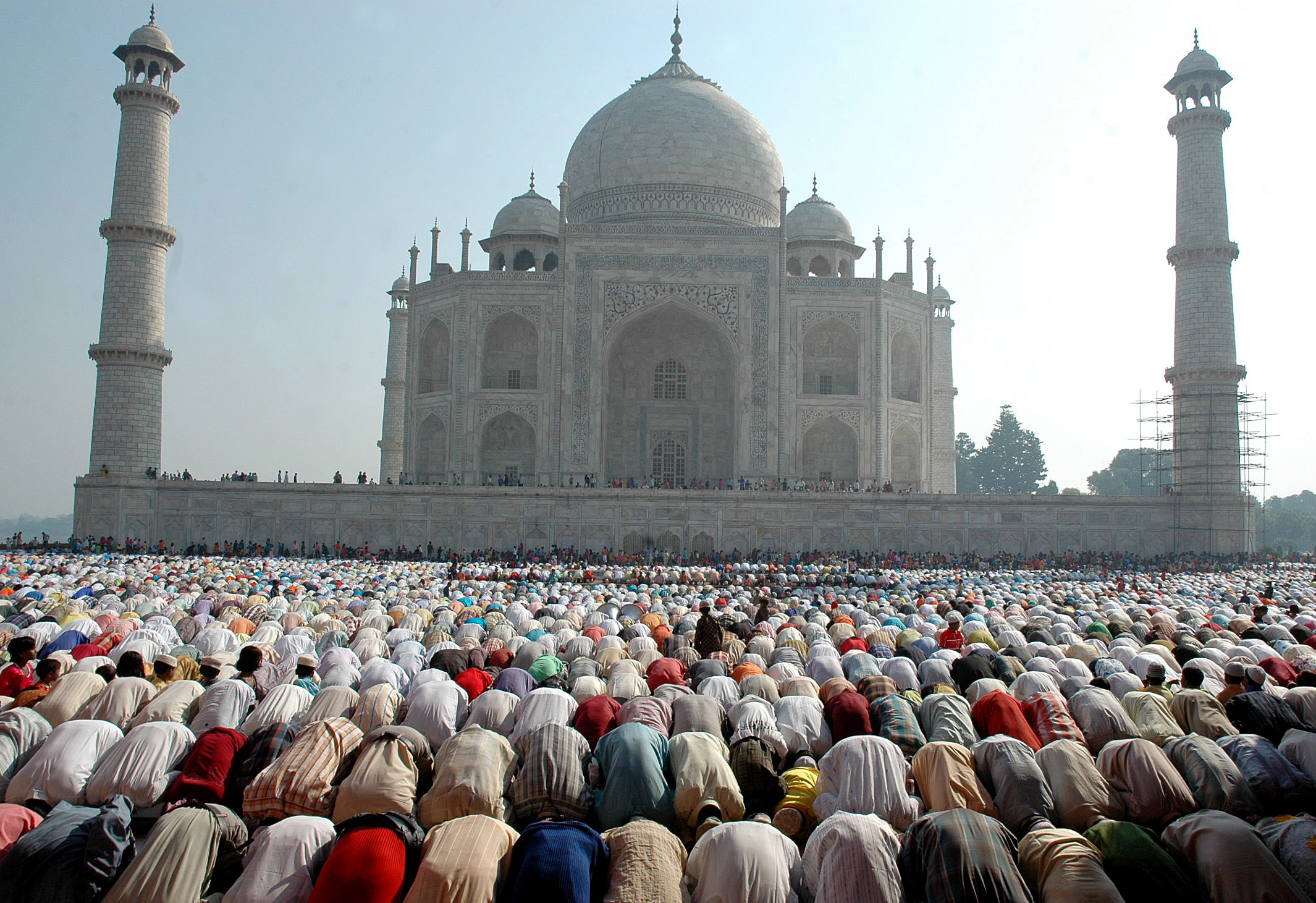02:30

More than three decades have passed since the Chernobyl nuclear disaster forced thousands of people to flee their homes, never to return.
Last year, 124,000 tourists visited the area to see the abandoned towns and villages and Ukraine now wants to capitalize on its popularity and turn it into a bonafide tourist attraction.
The Ukrainian government is seeking World Heritage status to be awarded to the site of the disaster from UNESCO, the United Nations' culture agency, that gives official recognition to landmarks such as England's Stonehenge and India's Taj Mahal.
Last year, Stonehenge attracted 1.6 million tourists, while 5.6 million people visited the Taj Mahal and Ukraine is hopeful Chernobyl could also become a global tourist attraction.

The deserted exclusion zone surrounding the site of the Chernobyl nuclear disaster attracts thousands of tourists every year – now Ukraine is seeking World Heritage status to turn it into a bonafide tourist attraction. /AFP
The deserted exclusion zone surrounding the site of the Chernobyl nuclear disaster attracts thousands of tourists every year – now Ukraine is seeking World Heritage status to turn it into a bonafide tourist attraction. /AFP
Maksym Polivko, who works as a guide in the Chernobyl exclusion zone, an uninhabited area the size of Luxembourg, says it makes perfect sense for it to be given official status.
"The Chernobyl zone today is already a world-famous attraction," he said to AFP. "Tourists come to Ukraine because of it. Unfortunately, now this place has no official status. Therefore, if this happened in the future [inclusion in UNESCO's World Heritage list], it could only be a benefit."

Stonehenge's World Heritage status marks it out as one of Europe's most recognizable and popular tourist attractions. Last year it attracted 1.6m tourists and Ukraine wants Chernobyl to follow suit. /AFP.
Stonehenge's World Heritage status marks it out as one of Europe's most recognizable and popular tourist attractions. Last year it attracted 1.6m tourists and Ukraine wants Chernobyl to follow suit. /AFP.
The explosion in the fourth reactor at the nuclear power plant in April 1986 left swathes of Ukraine and neighboring Belarus badly contaminated and led to the creation of the exclusion zone.
Ukrainian authorities say it may not be safe for humans to live in the exclusion zone for another 24,000 years as a result of dangerous levels of radiation in the environment.

In 2019, 5.6m people visited India's Taj Mahal – Ukraine is hopeful Chernobyl could become another global attraction. /AFP
In 2019, 5.6m people visited India's Taj Mahal – Ukraine is hopeful Chernobyl could become another global attraction. /AFP
In the absence of humans, houses, tower blocks and other buildings have begun to crumble, while the area has become a haven for wildlife, with elk and deer roaming nearby forests.
Ukraine's culture secretary, Oleksandr Tkachenko, says World Heritage status will enable the country to preserve Chernobyl for years to come and warn future generations about the dangers of a future nuclear disaster.
"This can help preserve monuments there," he said. "It will help develop a historical memory and attitude to this heritage. This will help make it possible to build roads and infrastructure. And last but not least, this will optimize and increase the flow of tourists."
Source(s): AFP

